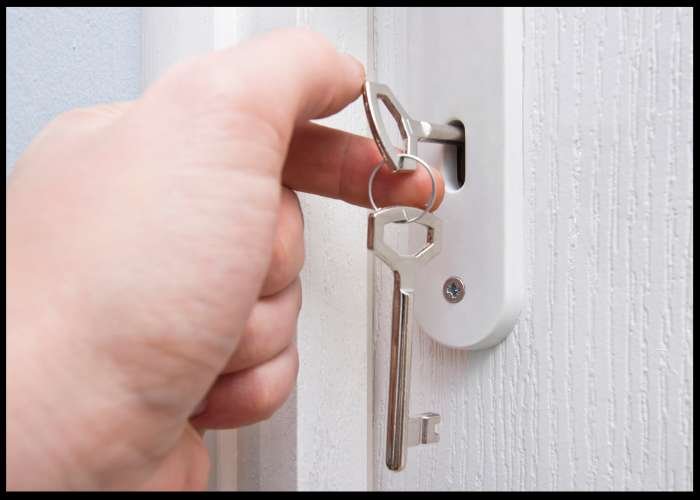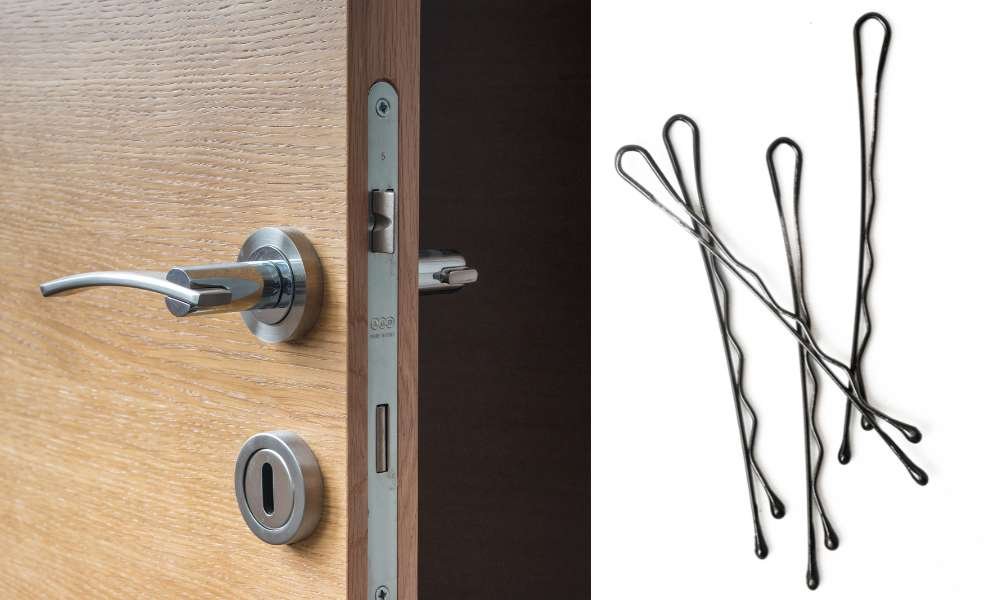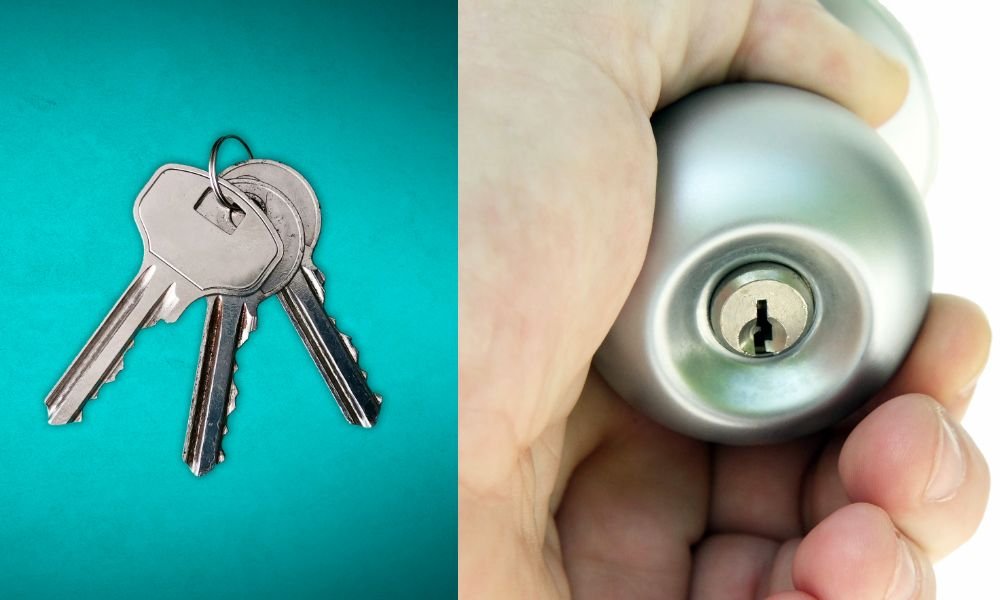Opening a lock with a bobby pin, often depicted in films, is a real-life skill that can be surprisingly practical. Whether you find yourself locked out or simply want to explore a new technique, learning this method can be both intriguing and beneficial. However, it’s crucial to stress that this ability should only be employed in situations where you have legal rights and ethical approval to pick the lock. In this blog post, we’ll explore the steps of how to open a lock with a bobby pin and provide tips to improve your success rate.
Understanding the Basics
To effectively pick a lock with a bobby pin, understanding the mechanism is crucial. Most locks use a pin-tumbler system, a time-tested design known for its reliability. This mechanism includes a set of pins, usually five or six, that must be raised to a precise height to align with the shear line. When the pins align correctly, the device cylinder turns, granting access. Using this mimics a key’s function, enabling you to adjust the pins to the right position. Achieving this requires patience, accuracy, and a clear grasp of each pin’s role in the lock’s function and security.
Preparing the Bobby Pin

Start by straightening this, leaving a small hook at one end. This hook functions as your pick, used to adjust the pins inside the securing device to their correct positions. For improved control, make a second tool by bending another one into an “L” shape. This homemade tension wrench is essential as it applies slight rotational pressure on the device. The tension wrench helps keep the pins in place while you use the hooked pin to manipulate them. The synergy between these tools enables the lock-picking process. The tension wrench provides crucial feedback, indicating when the pins are properly aligned, thus facilitating the opening of the lock.
Inserting the Tools
Insert the tension wrench, or use the flat side of this if you lack a proper wrench, into the lower part of the keyhole. Gently apply slight pressure in the direction the key would normally turn, maintaining consistent force. This tension is crucial as it allows the pins to stay in place once they’re moved. Next, take your hook-shaped the one and carefully insert it into the upper section of the keyhole. As you move the pin inside, feel for the pins within the securing device. This step requires a delicate touch—too much force can easily damage the lock, making it harder to manipulate the pins into the correct position.
Manipulating the Pins
With the tools properly inserted, begin by gently lifting each one at a time using the hooked end of your bobby pin. As you lift, you’ll notice that each pin moves upward until it reaches the shear line, where it no longer resists. This is the critical point where the one is correctly positioned, allowing the lock to turn. Throughout this process, maintain slight rotational pressure with the tension wrench. This consistent pressure helps keep the pins in place as you align them one by one. Be patient and precise; too much force can push the pins too high, while too little may cause them to drop back down, resetting your progress. With practice, you’ll develop a feel for the correct pressure and pin alignment.
Turning the Lock
As each pin reaches the correct height, you’ll notice a slight turn in the lock, indicating progress. This subtle movement suggests that pins are aligning correctly. Maintain steady pressure while continuing to adjust the remaining pins. Carefully lift each one, feeling for that same slight shift. Persistence and a delicate touch are key, as the latch will fully rotate once all pins are aligned. Although it might take a few attempts to perfect the technique, consistent practice will improve your skill. Over time, you’ll gain the confidence to approach different locks with ease, understanding that patience and precision are crucial elements in successfully opening a lock simply.
Practice and Caution
Practising lock-picking in a safe, controlled setting is crucial. Start with an old one that you have explicit permission to use. This ensures you’re developing your skills responsibly and legally. Attempting to pick a securing device you don’t own or have authorization for can result in severe legal consequences. It’s important to respect boundaries and understand the implications of misuse. By practising on various locks, you can better grasp the mechanics and improve your technique. This will gradually build your confidence and skill in using a bobby pin to pick locks. The key is to approach this practice with caution, respect for the law, and a genuine interest in understanding the art of lock-picking.
Conclusion

Opening a lock with a bobby pin may initially appear challenging, but with some dedicated practice, it can become a handy skill. It’s essential, however, to approach this technique with responsibility and respect for the law. Always use it in situations where you have the legal right and permission. Whether you’re in an emergency or just curious about learning new skills, the ability to pick a lock with a bobby pin can prove to be both intriguing and practical. This skill not only expands your problem-solving abilities but also provides a unique insight into the mechanics of locks, making it a valuable and fascinating pursuit.



